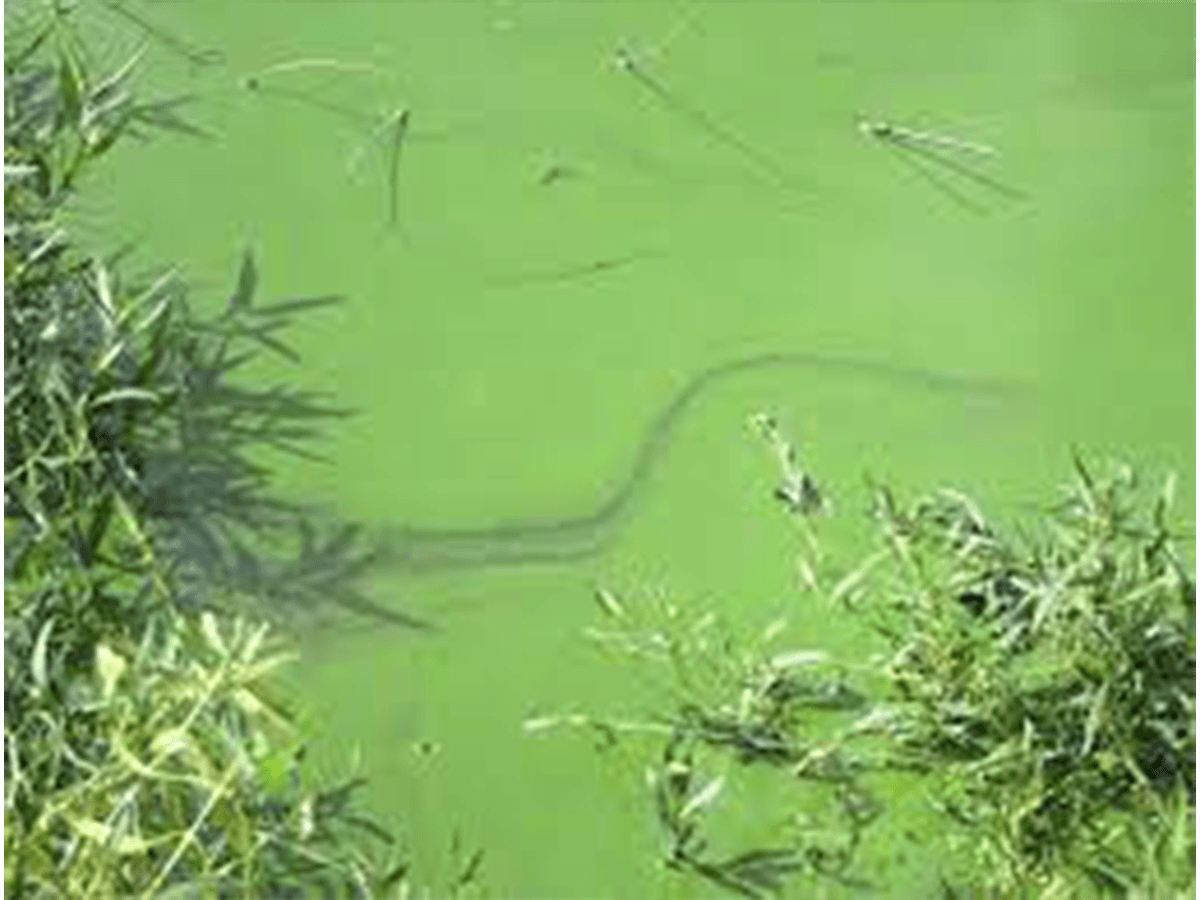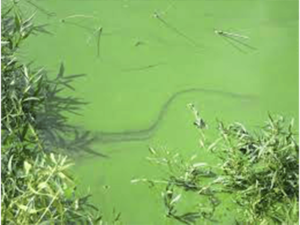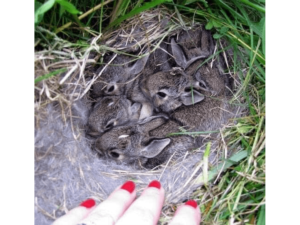The weather is nice, and everyone wants to be outside, including your pets.
However, there’s reason to be vigilant, especially around water. Standing water can make your pet sick. Be especially aware of algae as blue-green algae bloom on a pond or lake can make your pets seriously ill.
We will answer some common questions about this issue here.
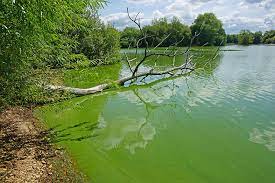
Is algae bloom harmful to dogs?
Blooms of blue-green algae can be toxic to canines and most often fatal. If you feel your pet has been in contact with blue-green algae, please rinse with freshwater and seek veterinary help immediately.
How does algae bloom harm dogs?
While most algae are harmless, some species of blue-green algae produce toxins that can kill a dog within minutes. Those that survive, or dogs who are often exposed to low levels of toxins, may develop health problems such as chronic liver disease and possibly tumors—damage that may go unnoticed until it is severe.
Can green algae kill a dog?
The problem is blue-green algae, or cyanobacteria, that can be found in fresh or salt water and contain toxins that can be fatal to dogs within minutes, hours, or days of exposure. Although they can also be deadly for humans, dogs are far more likely to ingest. However, it’s always best to be safe. When in doubt, stay out!
https://pets.webmd.com/dogs/news/20190814/toxic-algae-kills-dogs-across-the-country
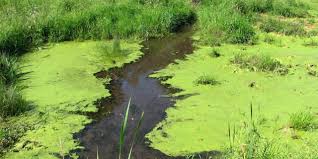
How can you tell if algae is toxic?
There is no way to tell if a blue-green algal bloom is toxic just by looking at it. Adults, children, and animals should avoid contact with water with blue-green algae. Toxins can persist in the water after a bloom; watch for signs of recent blooms, such as green scum on the shoreline. When in doubt, stay out!
https://www.pca.state.mn.us/water/blue-green-algae-and-harmful-algal-blooms
Can you swim in algae bloom?
Don’t swim or come in direct contact with water that smells bad, looks discolored, or has scum on the surface. Don’t let pets drink, play, or swim in water or eat algae.
What happens if a dog drinks stagnant water?
Lepto is a disease that is frequently contracted by dogs drinking from standing water, such as puddles or ponds. A dog with Lepto will become extremely sick and can sometimes be fatal.
https://caninecountry.org/dont-let-your-dog-drink-standing-water/
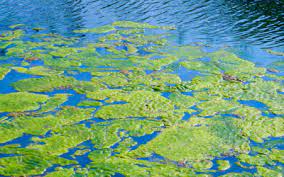
Do algae blooms go away?
The risk of illness after a bloom goes away is low, however toxins can persist in the water after the bloom has cleared up. Watch for signs of recent blooms, such as green scum on the shoreline and keep pets from eating debris that has washed up on the shore. When in doubt, stay out!
https://www.health.state.mn.us/diseases/hab/vet/habvetfs.pdf
Bacteria From Contaminated Water
Ponds and stagnant pools of water can contain contamination from animal or human waste, which contains bacteria including salmonella, campylobacter and Leptospira and can cause your dog to vomit after drinking.
https://wagwalking.com/symptom/why-is-my-dog-sick-after-drinking-water
Don’t let this stop you from (safely!) enjoying the summer!
Just remember to keep a good watch on every in your group, furry and otherwise, and make sure everyone plays safe out there on those beautiful sunny days. Remember to always contact a veterinarian if you’re concerned about anything your pets may have come in contact with while you’re out have fun.

